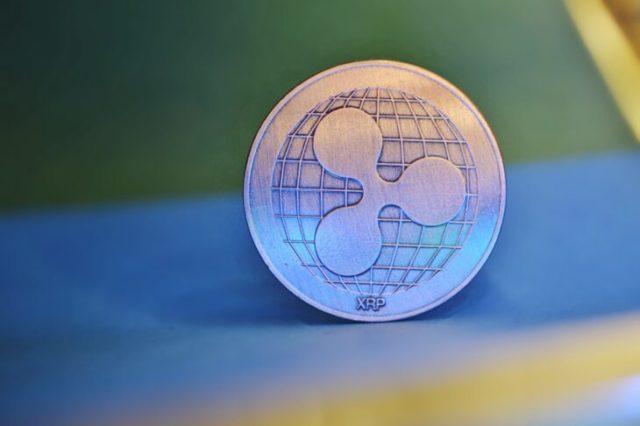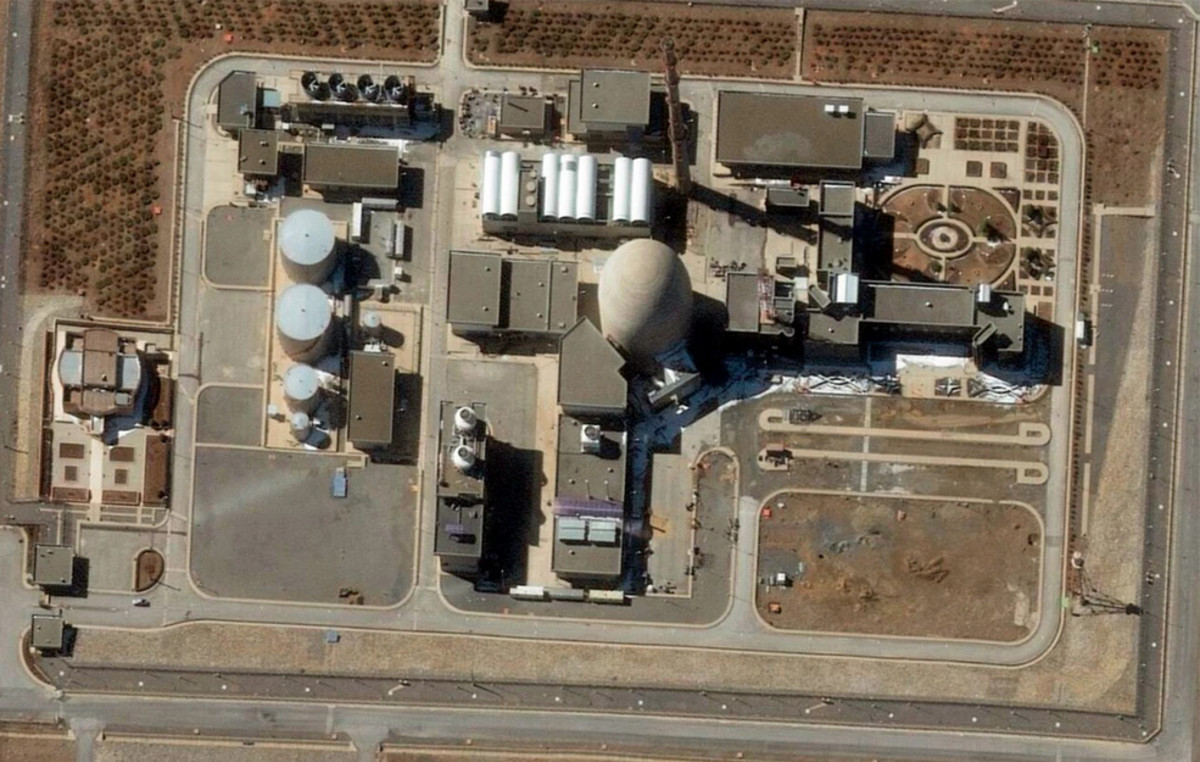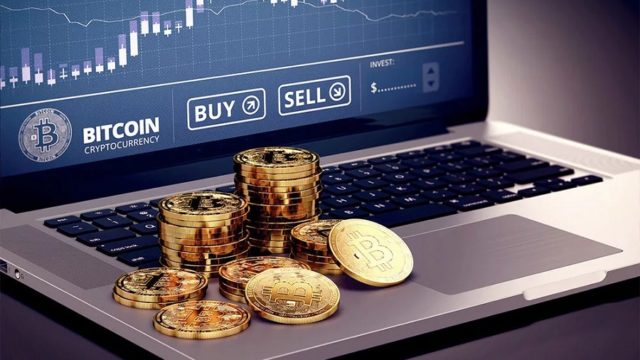- The Federal Reserve is expected to maintain the policy rate without changes at the fifth consecutive meeting.
- The language of the declaration and comments of the president of the Fed, Powell, could offer key clues about the policy perspectives.
- The US dollar could weaken in case investors are convinced of a rate cut in September.
The United States Federal Reserve (USA) will announce its decision on the interest rate and publish the policy declaration after the July policy meeting on Wednesday.
Market participants widely anticipate that the US Central Bank will maintain the policy settings without changes at the fifth consecutive meeting after cutting the interest rate at 25 basic points (PBS) to the range of 4.25% -4.50% last December.
The CME Fedwatch tool shows that investors practically do not see possibilities of a rate cut in July, while they are valuing approximately 64% probability of a reduction of 25 PBS in September. This market positioning suggests that the US dollar faces a bidirectional risk for the event.
The revised summary of Economic Projections (SEP), published in June, showed that the projections of those responsible for policies involved 50 PBS of rates cuts in 2025, followed by a reduction of 25 PBS both in 2026 and 2027. Seven of 19 Fed officials did not foresee cuts in 2025, two of them saw a cut, while eight and two prognosis were projected.
After the June meeting, the governor of the Fed, Christopher Waller, expressed his support for a feat of fees in July in his public appearances, arguing that they should not wait until the labor market is in trouble before relaxing politics. Similarly, the governor of the Fed, Michelle Bowman, said she is open to cutting rates as soon as in July, since inflationary pressures remain contained. Meanwhile, US President Donald Trump expanded his attempts to press the US Central Bank to cut interest rates in July. When addressing the reporters next to the British Prime Minister, Keir Starmer, on Monday, Trump reiterated that the US economy could be better if the Fed cut the rates.
By anticipating the Fed meeting, “it is widely expected that the FOMC maintain its policy position without changes next week, with the committee keeping the rates at 4.25%-4.50%,” said the TD Securities analysts. “We hope that Powell repeats his patient and dependent position for the data, while maintaining flexibility around the next movement of the committee in September. We believe that there are probable there are two dissidents, by Governors Bowman and Waller, at this meeting.”
When will the Fed announce your decision on the interest rate and how could it affect the EUR/USD?
The Fed has scheduled to announce its decision on the interest rate and publish the monetary policy statement on Wednesday at 18:00 GMT. This will be followed by the press conference of the president of the FED, Jerome Powell, which will begin at 18:30 GMT.
In case Powell leaves the door open for a rate cut in September, citing the decrease in uncertainty after US trade agreements with some important partners, such as the European Union and Japan, the USD could be under a renewed sales pressure with the immediate reaction.
On the contrary, the USD could gain strength against their rivals if Powell repeats the need for a patient approach to the relaxation of politics, highlighting the persistent inflation readings of June and the relatively healthy conditions of the labor market. In this scenario, investors could refrain from assessing a rate cut in September and waiting for new inflation and employment data.
Eren Sengezer, principal analyst of the European session at FXSTRET, provides a short -term technical perspective for the EUR/USD:
“The short -term technical perspective points to an accumulation of bearish impulse. The indicator of the Relative Force Index (RSI) in the daily chart is maintained below 50 and the EUR/USD is quoted below the single mobile average (SMA) of 50 days for the first time since the end of February.”
“Down, 1,1440 (Fibonacci recoil level of 23.6% of the upward trend from February to July) aligns as the next level of support before 1,1340 (100 -day SMA) and 1,1200 (fibonacci recoil of 38.2%). Looking north of the upward trend) and 1,1900 (static level, round level). “
US Dollar – Frequently Questions
The US dollar (USD) is the official currency of the United States of America, and the “de facto” currency of a significant number of other countries where it is in circulation along with local tickets. According to data from 2022, it is the most negotiated currency in the world, with more than 88% of all global currency change operations, which is equivalent to an average of 6.6 billion dollars in daily transactions. After World War II, the USD took over the pound sterling as a world reserve currency.
The most important individual factor that influences the value of the US dollar is monetary policy, which is determined by the Federal Reserve (FED). The Fed has two mandates: to achieve price stability (control inflation) and promote full employment. Its main tool to achieve these two objectives is to adjust interest rates. When prices rise too quickly and inflation exceeds the 2% objective set by the Fed, it rises the types, which favors the price of the dollar. When inflation falls below 2% or the unemployment rate is too high, the Fed can lower interest rates, which weighs on the dollar.
In extreme situations, the Federal Reserve can also print more dollars and promulgate quantitative flexibility (QE). The QE is the process by which the Fed substantially increases the flow of credit in a stuck financial system. It is an unconventional policy measure that is used when the credit has been exhausted because banks do not lend each other (for fear of the default of the counterparts). It is the last resort when it is unlikely that a simple decrease in interest rates will achieve the necessary result. It was the weapon chosen by the Fed to combat the contraction of the credit that occurred during the great financial crisis of 2008. It is that the Fed prints more dollars and uses them to buy bonds of the US government, mainly of financial institutions. Which usually leads to a weakening of the US dollar.
The quantitative hardening (QT) is the reverse process for which the Federal Reserve stops buying bonds from financial institutions and does not reinvote the capital of the wallet values that overcome in new purchases. It is usually positive for the US dollar.
Source: Fx Street
I am Joshua Winder, a senior-level journalist and editor at World Stock Market. I specialize in covering news related to the stock market and economic trends. With more than 8 years of experience in this field, I have become an expert in financial reporting.







